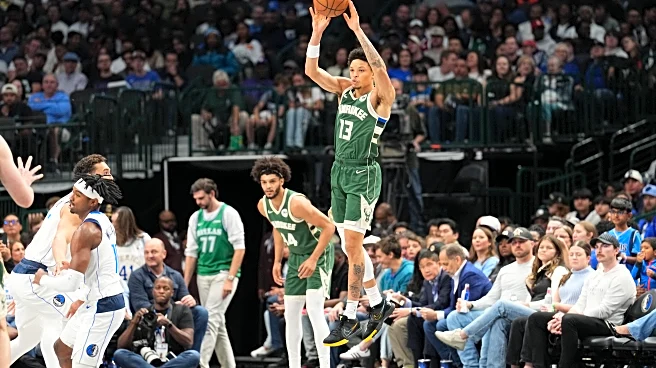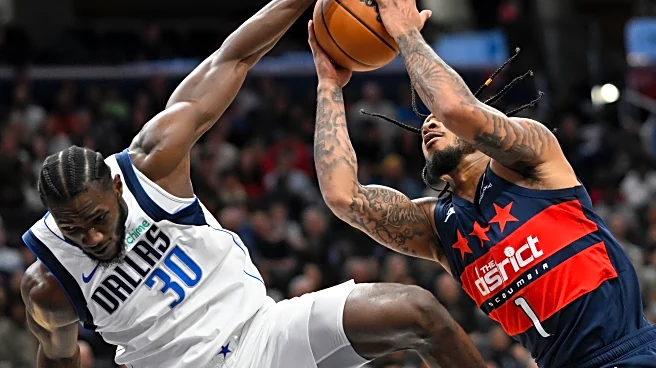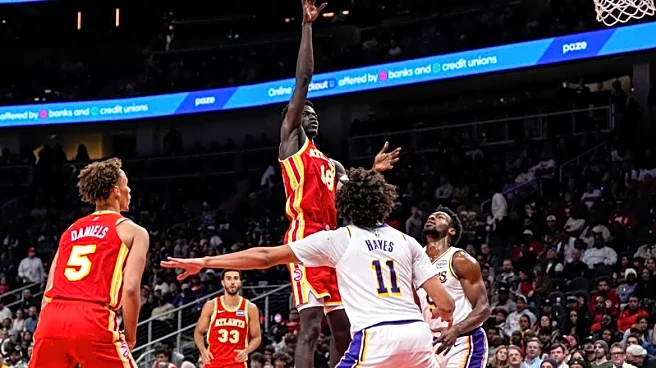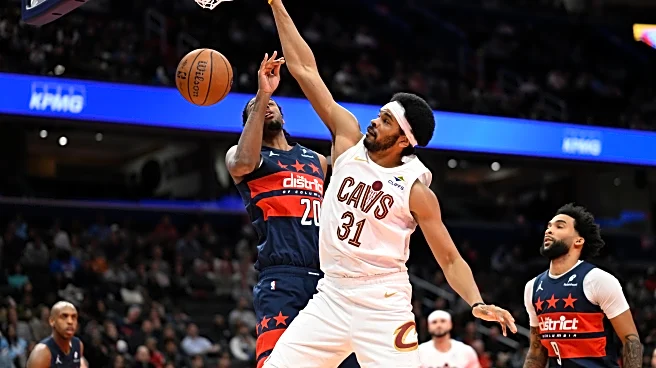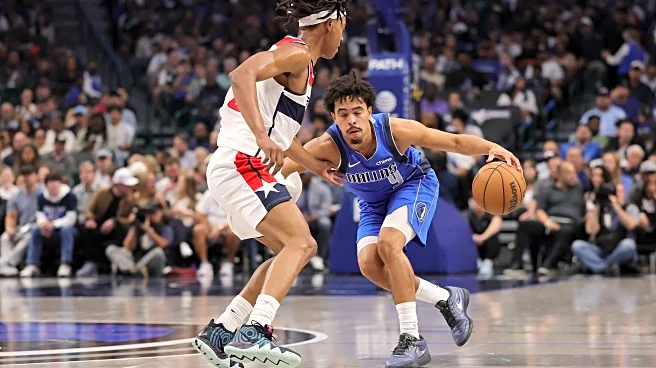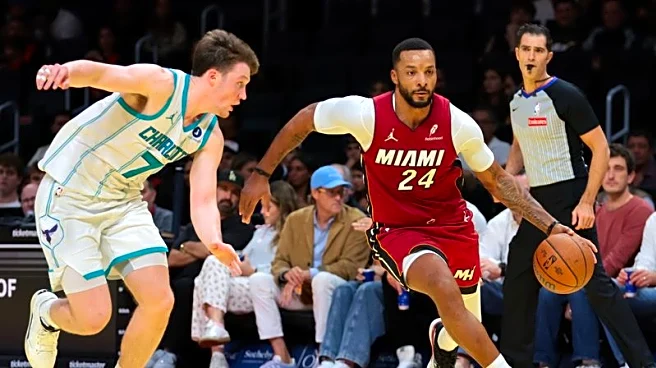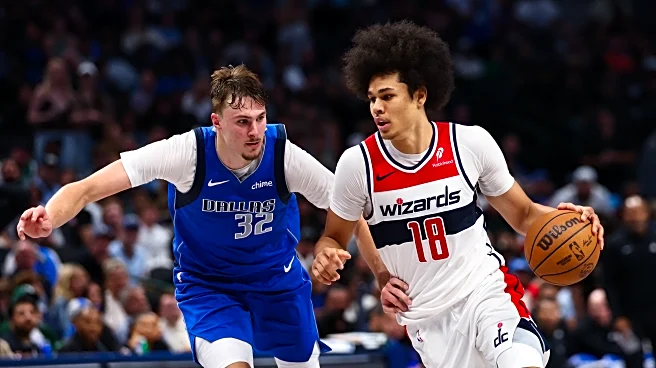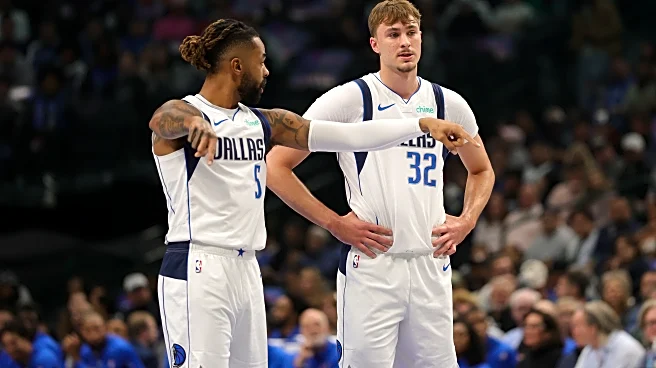Let’s play a game of fill in the blank. “Don’t overreact. The season is still young. The Dallas Mavericks have only played (insert your number here) games so far—so there is still time to turn things around.”
What is your number? Is it 5, 15, 30?
I have always believed that by the time an NBA ledger reaches double digits, you can begin to draw some conclusions. Trends emerge, rotations become clear, and the distance between the perception of a team and the reality we see on the floor begins to come into focus. For this year’s edition of the Dallas Mavericks, troubling trends emerged on opening night versus the San Antonio Spurs, and concerns deepened in the second game – a home loss to the rebuilding Washington Wizards. After returning the favor and defeating the Wizards to claw to a record of 3-7, the Mavericks face the Milwaukee Bucks in the first of six games that represent a much higher level of competition than Dallas has faced in the opening stanza of the schedule.
When you are a squad in disarray, the rest of the league gives no quarter – especially early in the season. If Dallas is going to turn this ship around, a win against a quality Bucks team would be a major statement.
Settling for the Middle is Actually the Worst
There are no soft landings in this stretch. After feasting on lottery-bound rosters and still walking away with just three wins, the Mavericks now enter a six-game gauntlet that includes the Milwaukee Bucks, Phoenix Suns, Los Angeles Clippers, Portland Trail Blazers, Minnesota Timberwolves, and New York Knicks. Most of these teams are winning, well-coached, and physically dominant in ways Dallas has not yet proven capable of countering. A 3-7 start has already placed Dallas in a statistical ditch: since 2000, only about a quarter of teams with that record have gone on to reach the playoffs.
The biggest concern isn’t just the losses — it’s how Dallas is playing. Through ten games, the Mavericks are dead last in offensive rating and have posted one of the most inefficient shot profiles in the league. They take the fewest shots at the rim (just 18% of their attempts, 30th in the NBA), finish poorly when they do get there (~60–62% FG), and rarely put pressure on the rim through drives or fouls. Instead, they are settling: 45% of their shots come from mid-range, one of the highest marks in the league, and they’re shooting just 30.3% from deep — second worst in the NBA. Put simply, defenses are rarely stretched, rotations are rarely compromised, and Dallas is rarely getting clean looks. This isn’t a shooting slump. It’s a system stuck in neutral, and opposing defenses no longer fear being “put in the blender”.
Anyone Could Have Had Him
When Damian Lillard tore his Achilles in the 2025 playoffs and was later stretch-waived that July, the Bucks’ backcourt was left in limbo. They signed Kevin Porter Jr. as a reclamation swing — a short-term flyer on a once-talented scorer — but that experiment unraveled quickly when Porter suffered an ankle injury on opening night. What looked like a desperate patch job instead opened the door for Ryan Rollins, a 2022 second-round pick who’d been grinding on two-way deals and G-League buses for most of his young career. By the second week of the season, Rollins had seized the starting point guard role outright — not by default, but by production.
At just 23 years old, Rollins has rapidly ascended from an afterthought to the Bucks’ backcourt stabilizer. Through the first dozen games of 2025-26, he’s averaging roughly 17 points and 5–6 assists per game while shooting efficiently — over 50% from the field and around 40% from three. The 6-foot-4 guard is logging 30+ minutes a night as Milwaukee’s primary ball-handler, helping guide the Bucks to a strong start despite major roster turnover. In short, Rollins has provided exactly the steady, two-way presence the Bucks lacked a year ago when their offense was overly dependent on Lillard’s shot-making.
Defensively, Rollins has become the antidote to Milwaukee’s previous backcourt issues. The Bucks’ perimeter defense cratered when they swapped Jrue Holiday for Lillard, but Rollins’ length and instincts have helped restore that edge. Opponents are shooting just 40% when he’s the primary defender, and he already ranks among the league leaders in steals. He’s not just surviving — he’s changing games. Cole Anthony called him “a hooper”—after Rollins dropped 32 points and 8 assists on Golden State, his former team, in late October.
That performance cemented his arrival. In the weeks since, Rollins has become a fixture in Milwaukee’s closing lineups — calm under pressure, smart with the ball, and confident enough to keep defenses honest. For a player drafted 44th overall out of Toledo, waived by Washington, and nearly out of the league a year ago, his rise borders on cinematic.
What makes it sting for opposing teams — especially one like Dallas — is how available he was. Milwaukee found him hiding in plain sight, signed him to a modest three-year, $12 million deal, and watched him turn into a starter who plays like he’s been here all along. The Bucks didn’t just find a stopgap; they found a future.
The Rumbling Beneath the Floorboards
The Mavericks need to win. They know it, the fan base feels it, and the noise around the organization is starting to rattle the walls. Saturday’s win in Washington offered brief relief — their third of the season — but scraping by a lottery roster isn’t the kind of victory that steadies a sinking ship. This Bucks game, Dallas’ first at home since the boos rained down after the Pelicans loss, carries weight that goes beyond one result.
Bobby Karalla of DLLS captured the moment perfectly during a recent segment: “I can hear drums in the deep.” He added that while many fans have wanted general manager Nico Harrison gone since the February trade deadline, recent texts from league contacts made it “feel like something is in the air.” Karalla said plainly that if the slide continues, owner Patrick Dumont “will be left with no choice but to do what should have been done a long time ago.” The quote wasn’t delivered in anger — it was resignation. The kind that comes from someone who’s been inside those walls and can sense the tremors before they surface.
That’s why this game matters more than a random Monday in November should. The Mavericks are walking into a home arena filled with doubt, facing a Bucks team that knows exactly who it is. If Milwaukee jumps out early and Dallas sputters again, it could be the night the Fire Nico chants start echoing again through the lower bowl louder than at any point this year.
How To Watch
The Mavericks host the Milwaukee Bucks on Monday, November 10th, with tipoff set for 7:30 p.m. CT at the American Airlines Center in Dallas. Fans can catch the broadcast locally on KFAA-TV or stream the game live on Mavs.com.
